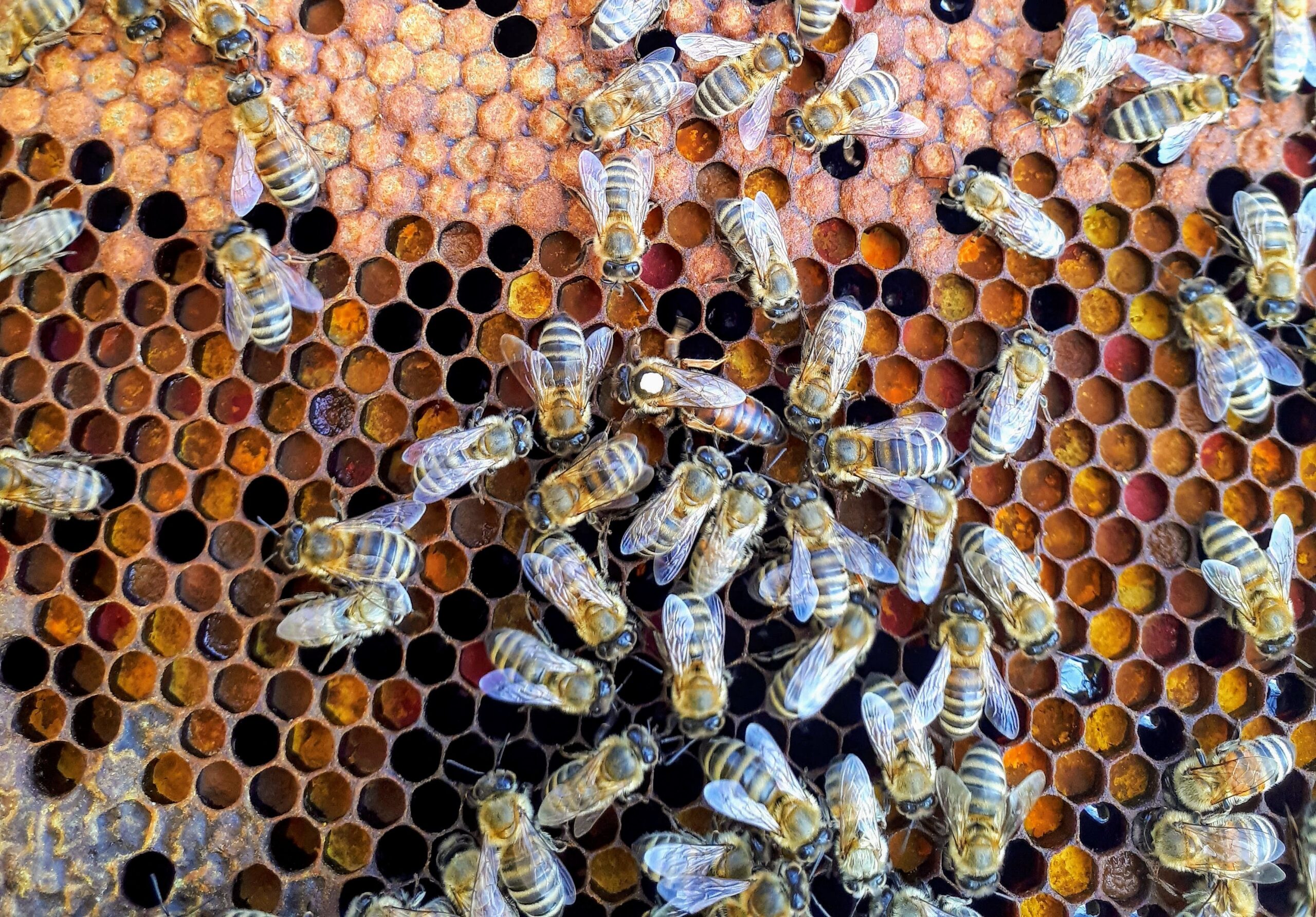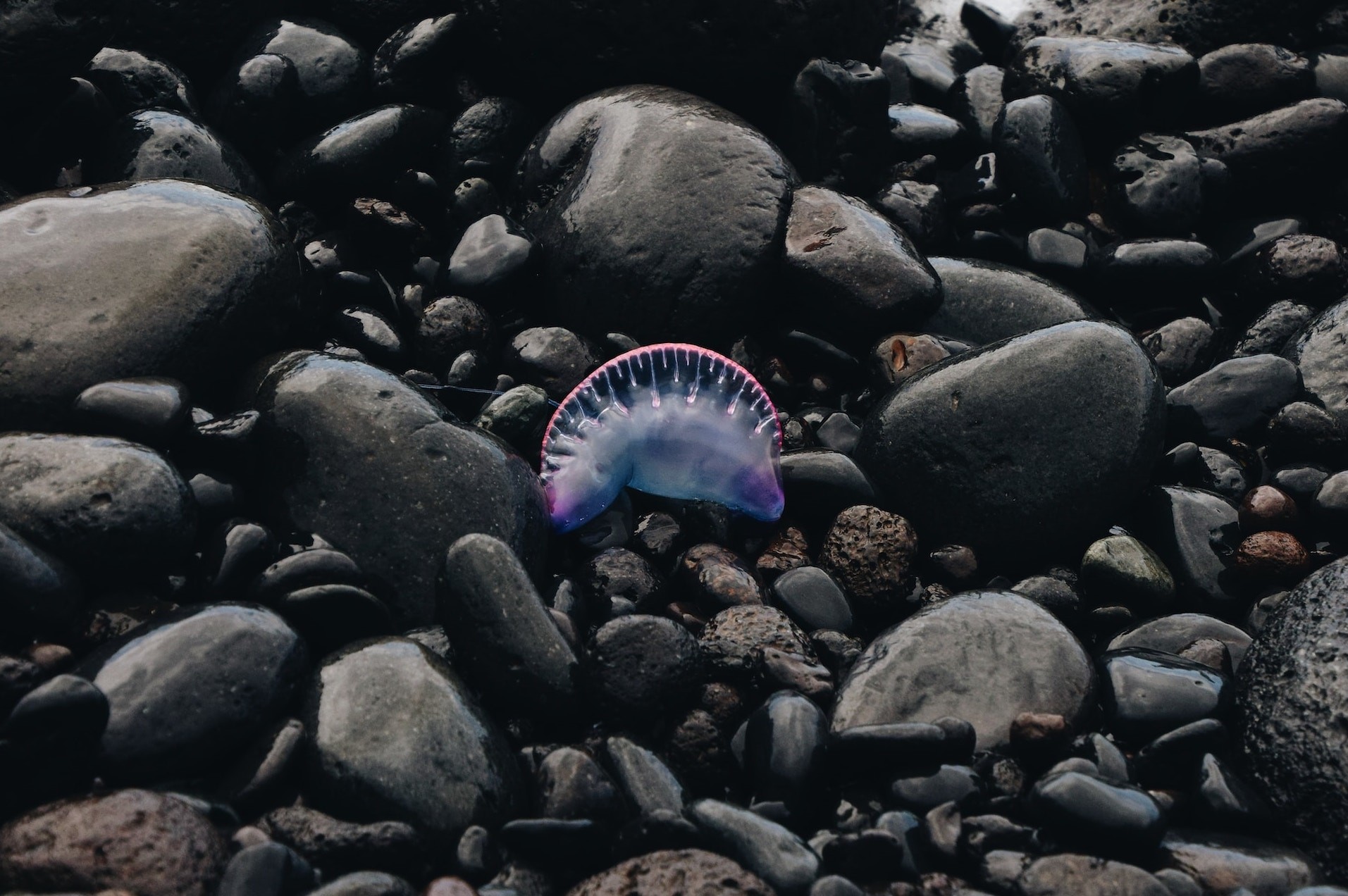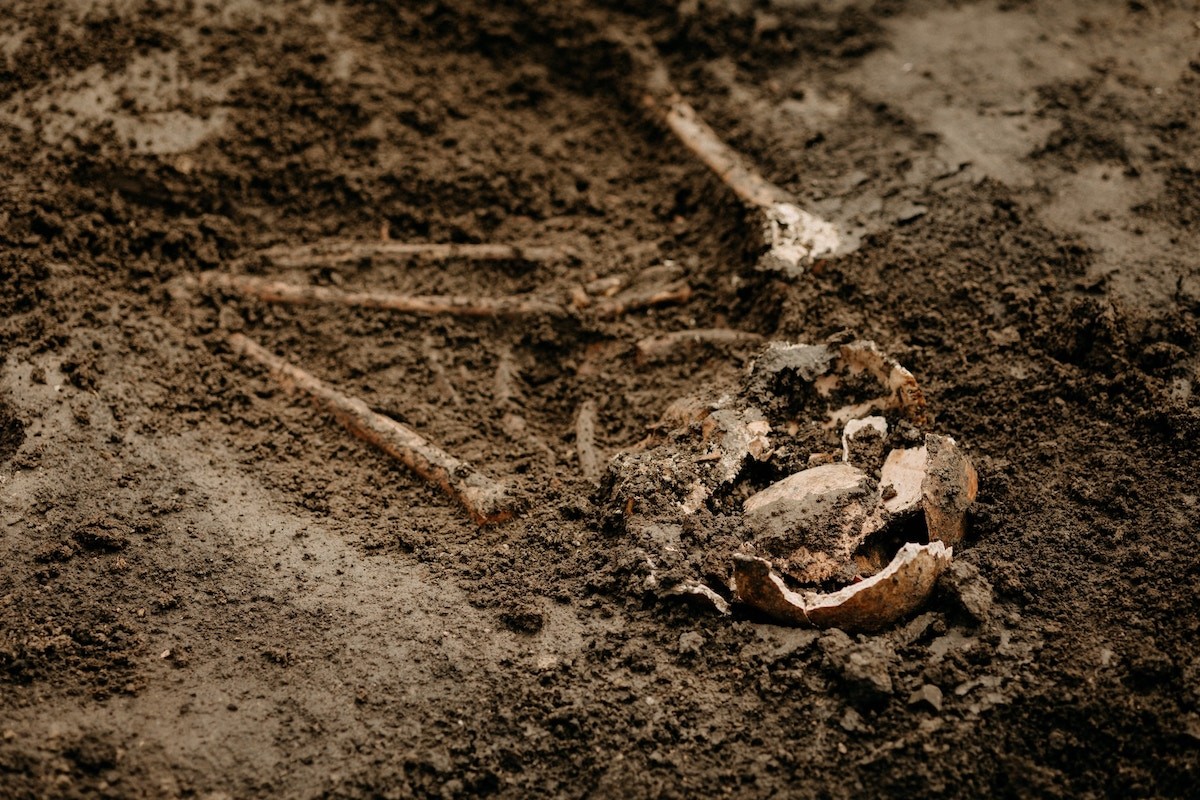WHAT’S BEING CLAIMED:
- A 4-year-old girl discovered a rare species of stingless bees in Palo Alto, California.
- The bees have gone unnoticed for 70 years until young Annika Arnout spotted them.
- The rare bees originated in Brazil and were originally brought to the US in 1950 for research.
A 4-year-old up-and-coming etymologist made a discovery as rare as she is: a small population of stingless bees in Palo Alto, California.
Scientists had long thought this particular species was gone, but 4-year-old Annika Arnout spotted something that no adult managed to notice.
Many were stunned by Annika’s command of nature, but it’s by design. Biologist Targe Lindsey is her caregiver, brought in by her parents when she was 3 months old so Annika could explore nature in her neighborhood.
This year’s discovery made its way to California’s Department of Food and Agriculture Plant Pest Diagnostics Branch.
The stingless bees aren’t supposed to be here, as they originated in Brazil. Annika spotted the small bugs in an undisclosed location, which she kept secret to protect her “special place.”
“In 1950, the USDA asked a Brazilian researcher to send them bee colonies to see, to have alternative pollinators,” said Dr. Martin Hauser, a senior insect biosystematist at the branch. “He sent them in the 50s to Gainesville, Florida, Logan, Utah, and Davis and Palo Alto. And he said all the bees died in one year.”
“They didn’t like the cold weather in Utah. They couldn’t compete in Florida,” he added.
The small bees also went to Stanford professor George Shafer in Palo Alto — but those colonies only survived for eight years, according to Hauser.
The bees had been gone for 70 years until a 4-year-old girl spotted them.
“It shows us when you have a new perspective with the eyes of a child, she just looked at that and she just — there’s something different for these bees,” he said.
Hauser said he first became aware of Brazil’s stingless bees about 20 years ago when he received a submission from a “pest control guy.”
“I hadn’t seen them before,” said Richard Schmidt, the aforementioned pest control guy. “Captured a couple of them, sent them to our county [Agriculture] department. They didn’t know what they were. And so, they sent it to the state.
“They all said, ‘Where did you find it?’ and I said, ‘Palo Alto,’” he said. “And so finally he came up that it’s a species described in the year 1900 by a German bee researcher.”
After Schmidt confirmed his discovery, the tree fell and the bees disappeared.
“I was very impressed that she found two colonies,” Schmidt said. “That’s very amazing that she found two and all the scientists found none.”
Dr. Hauser was impressed by Annika as well. When they met for the first time, he gave her a book about bugs with an inscription that read: “To Annika, for many more discoveries to come.”
Source: CBS News

 Business1 year ago
Business1 year ago
 Entertainment12 months ago
Entertainment12 months ago
 Science12 months ago
Science12 months ago
 Business1 year ago
Business1 year ago
 Entertainment1 year ago
Entertainment1 year ago
 Entertainment1 year ago
Entertainment1 year ago
 Tech12 months ago
Tech12 months ago
 U.S.1 year ago
U.S.1 year ago



